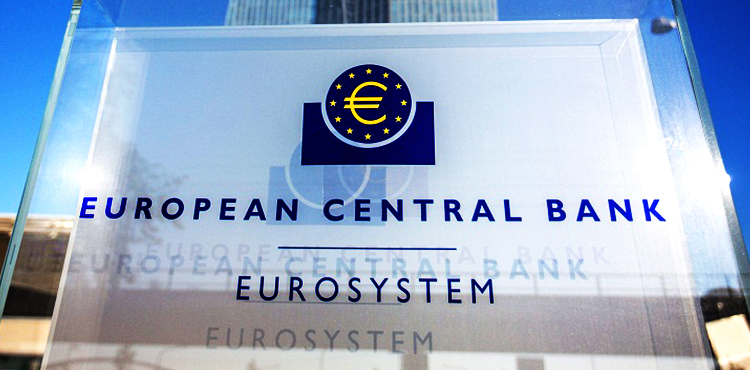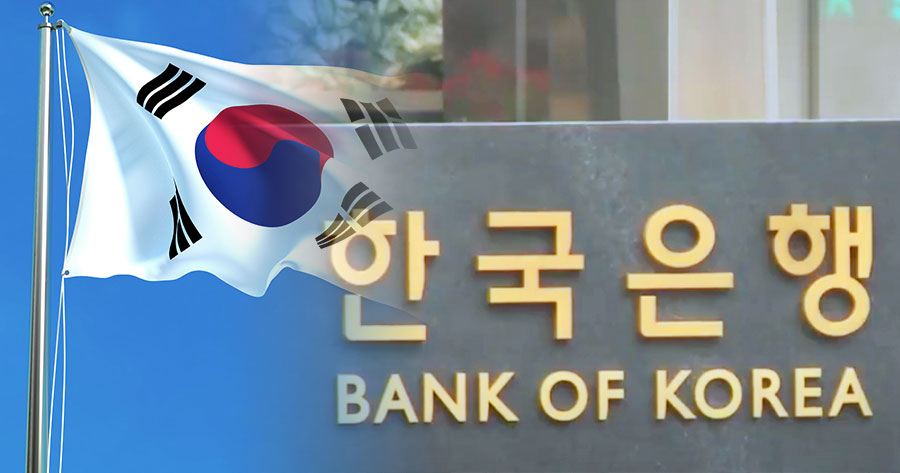The European Central Bank (ECB) has enacted its seventh interest rate reduction within a span of one year and anticipates two more in 2025. However, the journey isn’t unidirectional, according to the CEO of a major independent financial advisory and fintech firm.
The most recent adjustment, a 25 basis point reduction on Thursday, lowers the deposit rate to 2.25%. This signifies a year-long easing trend as the ECB endeavors to protect the eurozone’s delicate economy amidst tariff-induced uncertainties. Although US President Donald Trump has halted several previously announced tariffs, enough remain to undermine confidence and disrupt trade flows, with the risk of escalation persisting.
The rationale for rate reductions was compelling. Inflation in the eurozone is stable, with subdued pressure on prices, while financial market volatility—largely driven by trade policies—already contributes to tighter credit conditions.
Looking ahead, the future direction of ECB policy remains technically “open-ended,” with decisions based solely on economic data. However, the options are increasingly constrained. Prolonged stimulus against a backdrop of fiscal expansion raises the risk of medium-term inflation exceeding targets.





